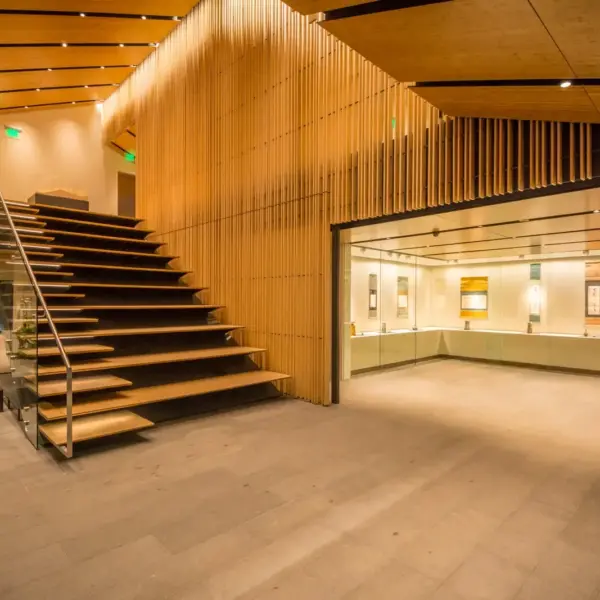
Enjoy a free koto and piano performance by Masumi Timson and Dan Bosshardt at 1:15pm at the Cathy Rudd Cultural Corner in the Jordan Schnitzer Japanese Arts Learning Center.
Artist Bio: Masumi Timson
Masumi Timson is a performer and instructor of the Koto and Shamisen – traditional musical instruments of Japan. She holds a Master’s Degree in Music with a specialization in the Koto and Shamisen from Seiha Conservatory of Japanese Traditional Music, one of the most prestigious Koto schools in Japan. Masumi plays both classical and contemporary Koto music, and also sings Japanese classical songs with Koto and Shamisen accompaniment. She also enjoys collaborating with various western musical instruments to explore a wide range of musical genres, from jazz and tango, to western classical compositions by Bach and Mozart. Masumi has participated in many recordings of Pink Martini, and has performed with the band at various venues around the world, including Carnegie Hall, the Hollywood Bowl, and the Grand Rex Theatre in Paris. Masumi is also a Japanese language professor and currently teaches Japanese language and culture at Chemeketa Community College in Salem, Oregon.
Artist Bio: Dan Bosshardt
Dan Bosshardt is a music educator, saxophonist, shakuhachi player, and composer. After earning a degree in music education and woodwind performance from Berklee College of Music in Boston, he performed jazz and musical theater at venues on the East Coast including Small’s and Birdland in New York City. He studied shakuhachi with Nakamura Shindo Sensei, of the Ueda Ryū school, from 1997 – 2007 while living in Kobe, Japan. He teaches music in Hillsboro, Oregon where he founded the district’s Mariachi Una Voz student band, which won Oregon’s Symphony’s Schnitzer Wonder Award in 2019.
ABOUT THE KOTO HARP
The standard Koto harp is a thirteen-string plucked zither. It was introduced to Japan from China through the Korean Peninsula in the 7th century. The instrument has been part of the Gagaku court ensemble for over one thousand years, gradually becoming popular among the merchant classes of the Edo period (1600-1868). An important member of the traditional Sankyoku ensemble, along with the three-string Shamisen and Shakuhachi (bamboo flute), the Koto developed further in a solo capacity, eventually gaining its place as one of Japan’s most prominent musical instruments. Today a varied repertoire along with a wide range of playing techniques provides a wonderful palette of sound textures, making the Koto appealing to audiences the world over.

This musical performance is funded in part by the Regional Arts & Culture Council.
